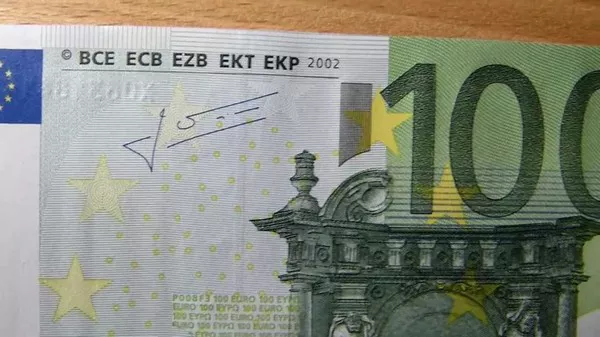On Thursday, EUR/USD demonstrated resilience by swiftly rebounding from the brief dip below 1.0800. Analysts at ING provide insights into the pair’s outlook, shedding light on the impact of core inflation data and the potential influence of upcoming economic indicators.
The boost in short-date Eurozone interest rates was attributed to the January Consumer Price Index (CPI) numbers, where core inflation did not experience as substantial a decline as initially anticipated. ING economists suggest that the European Central Bank (ECB) might be apprehensive about companies lacking pricing power, potentially leading to margin pressure and the passing on of higher wage costs to consumers. Consequently, the analysts argue that the ECB is likely to postpone any interest rate cuts until June when comprehensive wage data becomes available.
The immediate focus remains on the US Non-Farm Payrolls (NFP) figure. If the data reveals a benign outcome, EUR/USD could potentially revisit the 1.0875/1.0900 levels. However, the analysts note that one-month EUR/USD realized volatility remains subdued around 6%, while low implied volatilities suggest that investors do not anticipate a significant uptick in foreign exchange (FX) volatility in the near future.
This analysis underscores the delicate balance in the currency pair, influenced by economic indicators and the cautious approach of central banks, emphasizing the ongoing stability with a potential for modest upside movements in the absence of unexpected volatility.


























